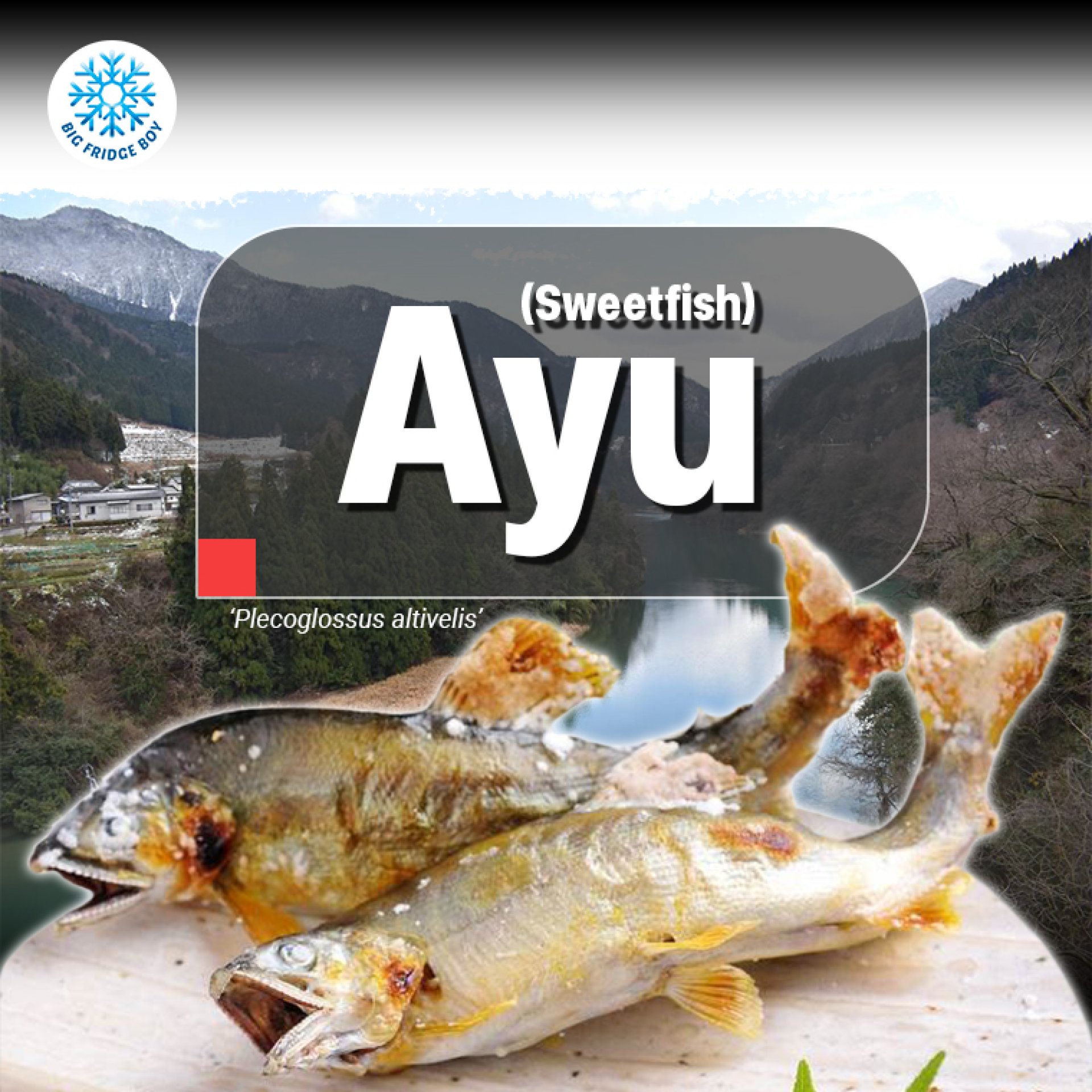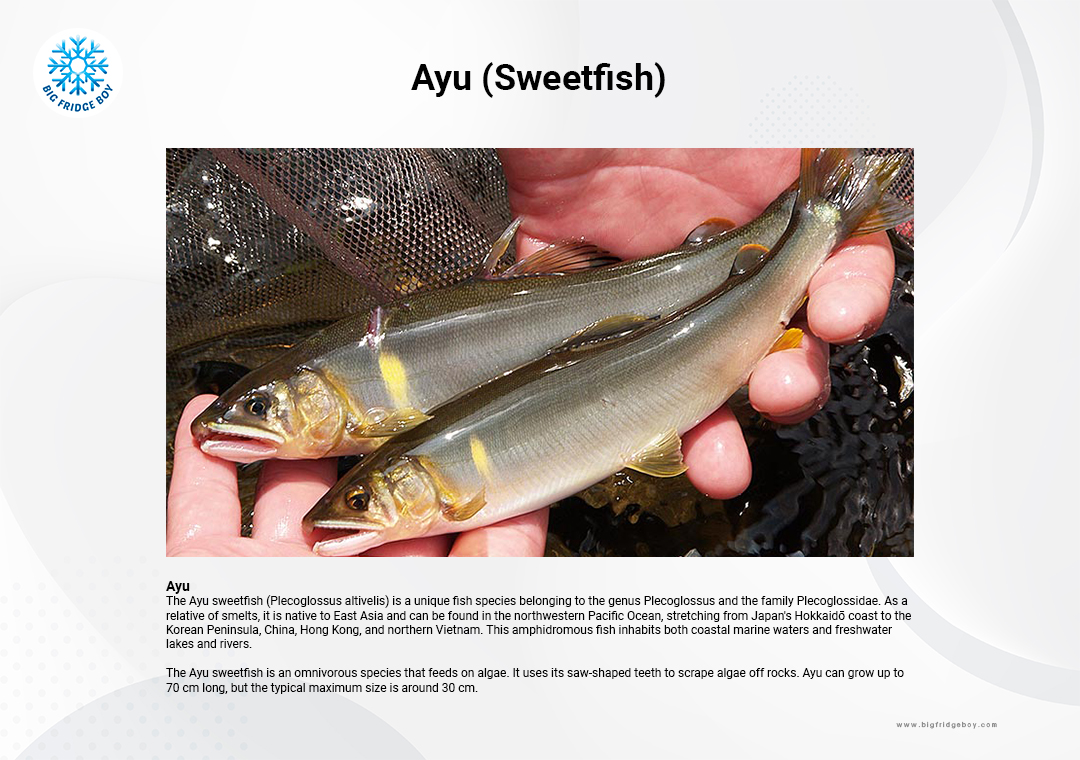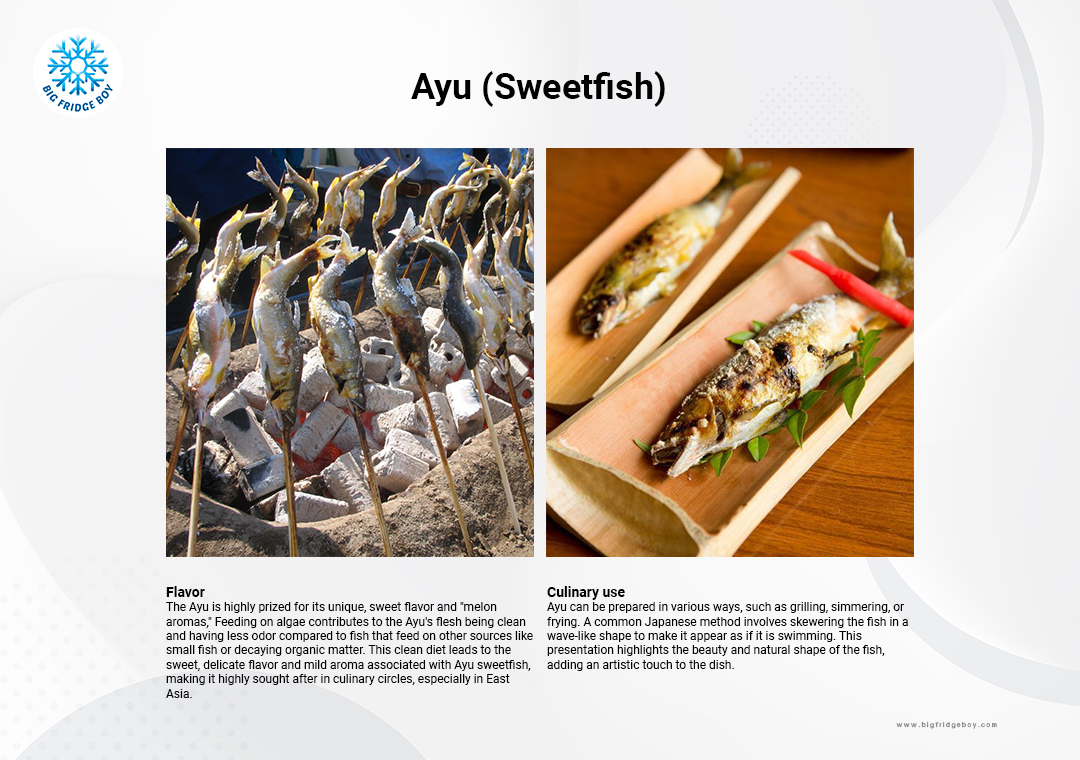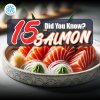"The Legendary Ayu Sweetfish: Reigning as the Queen of the River"

Ayu sweetfish are known to live only in clean water, making them an indicator species for water quality. They thrive in pristine rivers and streams with minimal pollution, as they are sensitive to changes in water quality and contamination. Their presence in a particular body of water is often considered a sign that the ecosystem is healthy and well-balanced. As a result, the Ayu sweetfish serves as a valuable tool for monitoring the health of aquatic environments and raising awareness about the importance of maintaining clean water sources. The Ayu sweetfish is known for its sweet-tasting flesh, which has earned it the name "sweetfish."

The Ayu sweetfish (Plecoglossus altivelis) is a unique fish species belonging to the genus Plecoglossus and the family Plecoglossidae. As a relative of smelts, it is native to East Asia and can be found in the northwestern Pacific Ocean, stretching from Japan's Hokkaidō coast to the Korean Peninsula, China, Hong Kong, and northern Vietnam. This amphidromous fish inhabits both coastal marine waters and freshwater lakes and rivers.
The Ayu sweetfish is an omnivorous species that feeds on algae. It uses its saw-shaped teeth to scrape algae off rocks. Ayu can grow up to 70 cm long, but the typical maximum size is around 30 cm.
Meanings of Ayu
- The name "sweetfish" originates from the sweet taste of its flesh. The kanji for Ayu is "鮎". This kanji is made up of two individual kanjis:
• "魚" and "占". "魚" represents "fish," while "占" stands for "divination."
• Combining these two kanjis forms the unique character "鮎" used to represent the Ayu sweetfish.
- "年魚" (pronounced as "nen-gyo" or "toshi-uo") is a Japanese term for the Ayu sweetfish (Plecoglossus altivelis). The name "年魚" is composed of two kanji characters:
• "年" meaning "year" and "魚" meaning "fish."
• This name refers to the Ayu sweetfish's typical one-year lifespan, which is relatively short compared to many other fish species. Some Ayu sweetfish individuals, however, can live for two or three years. The Ayu sweetfish is designated as the prefectural fish of both Gunma and Gifu Prefectures in Japan.

Traditional Fishing Method
Cormorant fishing: It is a tradition that has been around for over 1,300 years, called the "Ukai Festival" (鵜飼) held in the middle of the year every year. until it was nicknamed "Queen of the River".
A traditional method of catching fish, particularly Ayu sweetfish, using trained cormorants. In this practice, fishermen use domesticated Japanese cormorants (known as "umi-u" in Japanese) to dive into the water and catch the fish. The birds are tethered to the fishermen and return to them after capturing the fish. The fish are stored in the bird's crop and later retrieved by the fishermen.
This ancient fishing technique is especially prominent on the Nagara River, where cormorant fishing is a popular attraction. Cormorant fishing showcases the remarkable relationship between humans and birds, and it attracts visitors from all over the world during the fishing season. The age-old practice highlights not only the skill of the fishermen but also the incredible bond and cooperation between humans and their avian counterparts.

Flavor
Ayu sweetfish primarily feed on algae. Their preference for algae as a primary food source plays a significant role in the quality and taste of their flesh. Algae are plant-like organisms that are generally clean and contain various nutrients.
The Ayu is highly prized for its unique, sweet flavor and "melon aromas," Feeding on algae contributes to the Ayu's flesh being clean and having less odor compared to fish that feed on other sources like small fish or decaying organic matter. This clean diet leads to the sweet, delicate flavor and mild aroma associated with Ayu sweetfish, making it highly sought after in culinary circles, especially in East Asia.
Ayu can be prepared in various ways, such as grilling, simmering, or frying. A common Japanese method involves skewering the fish in a wave-like shape to make it appear as if it is swimming. This presentation highlights the beauty and natural shape of the fish, adding an artistic touch to the dish.
The best season to enjoy Ayu sweetfish is from June to August, during the summer months. This is the time when the fish are at their peak in terms of size, and flavor.






